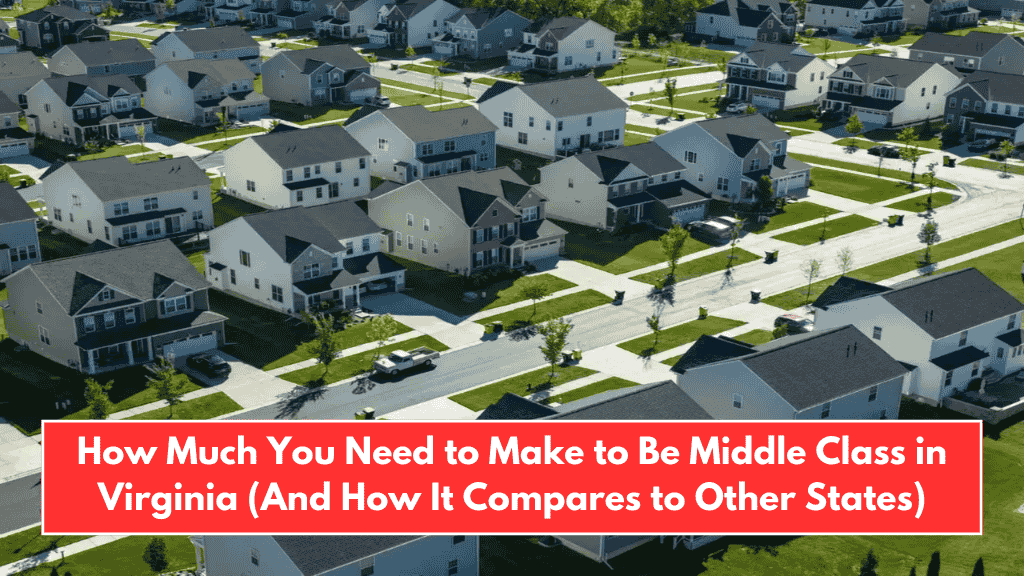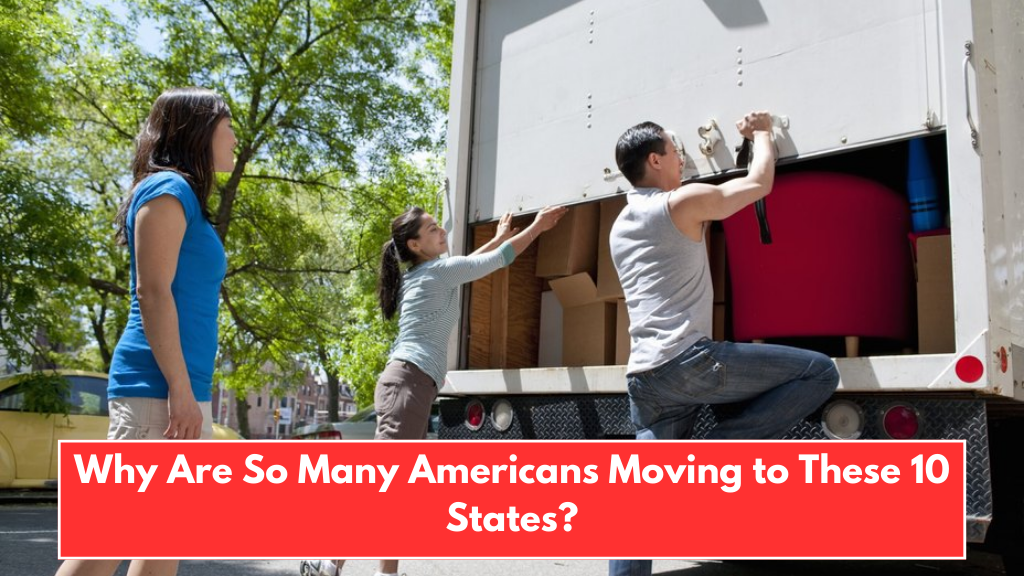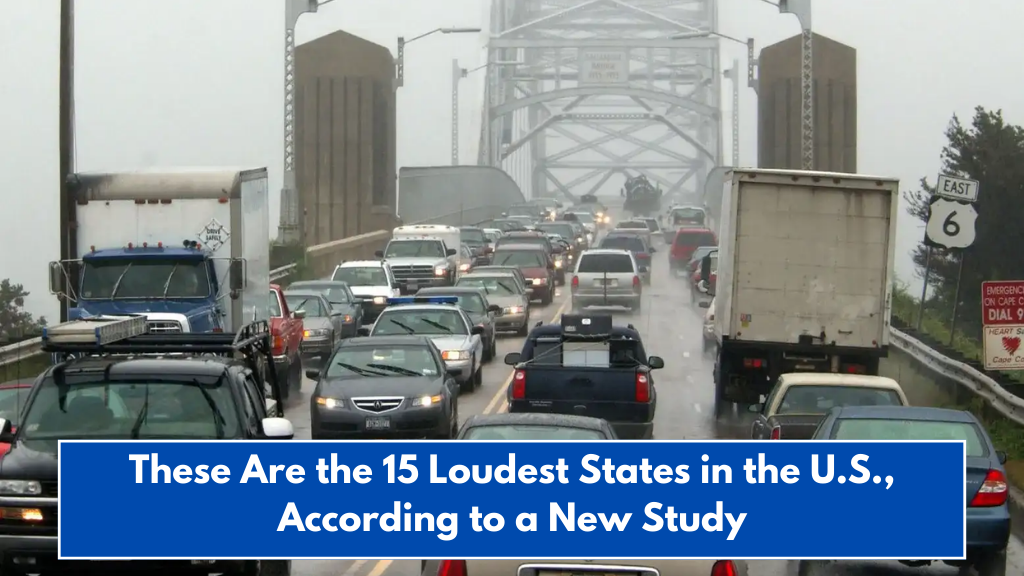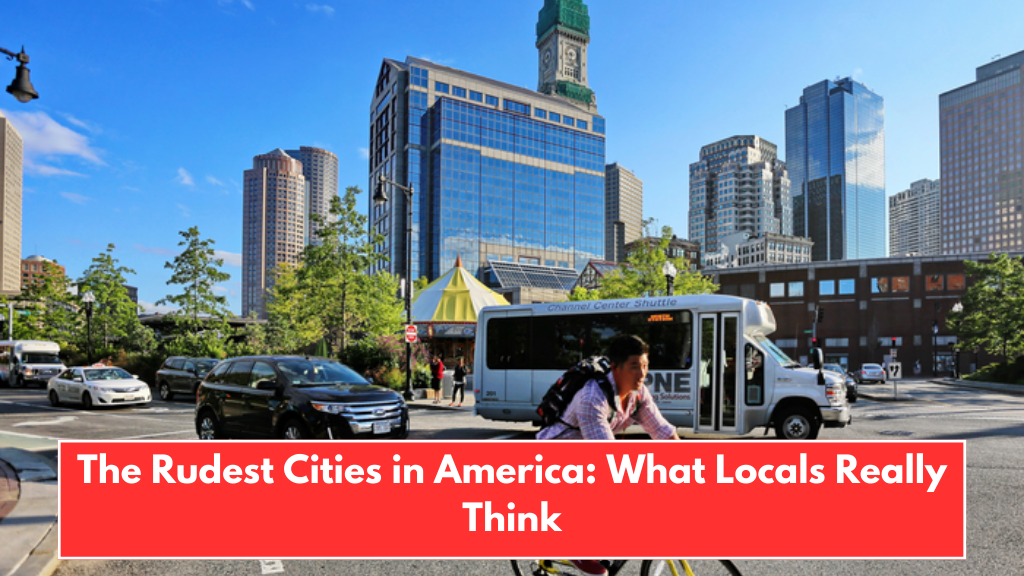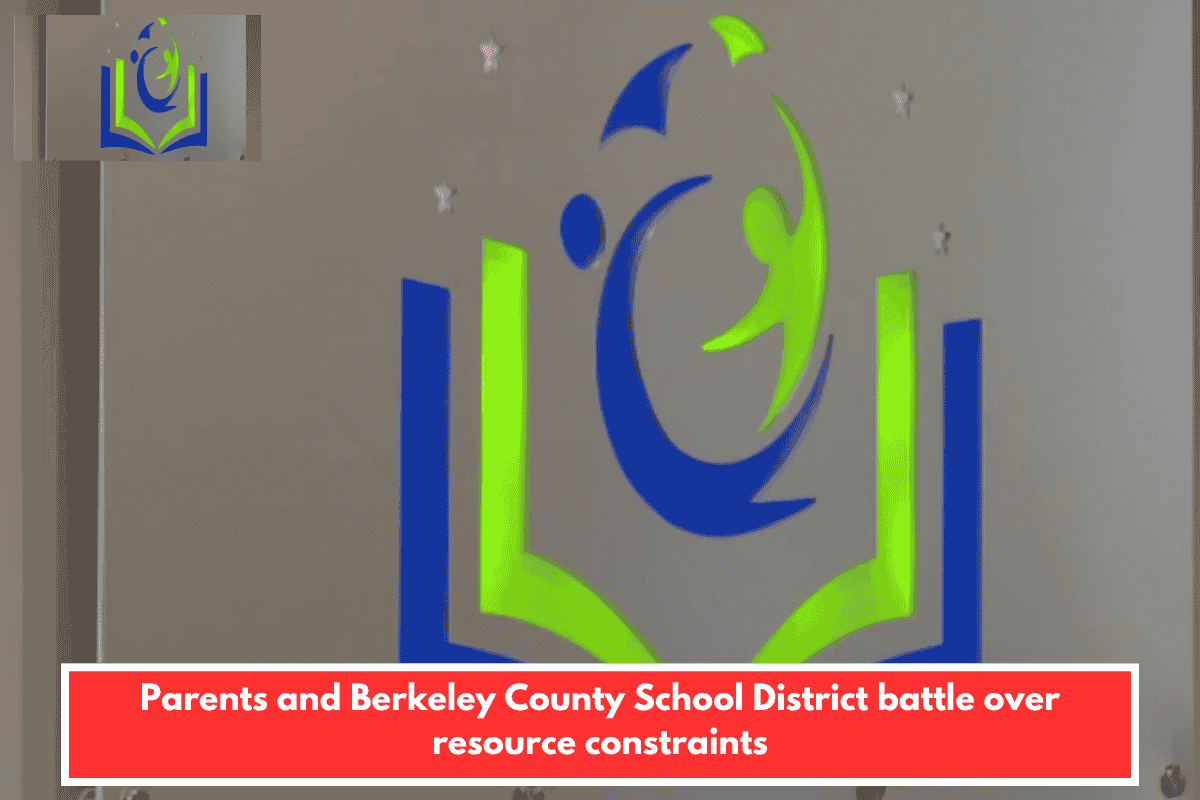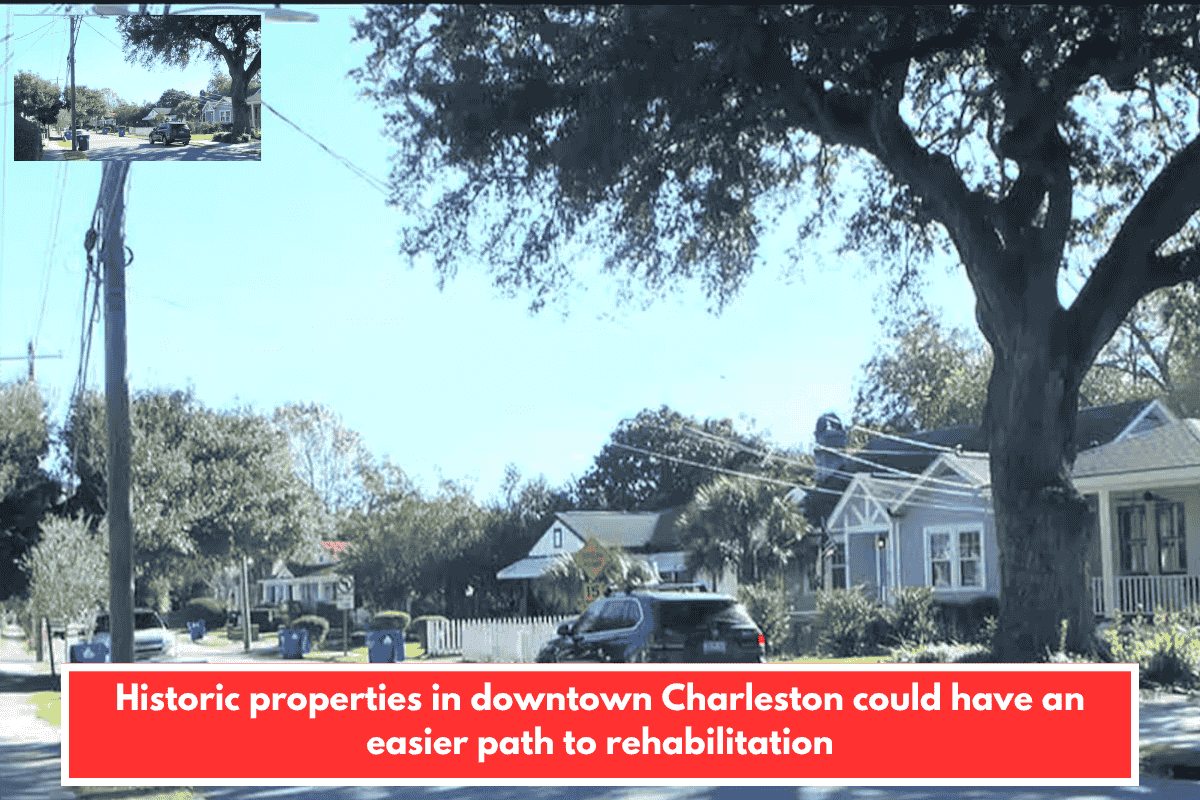The phrase “America’s shrinking middle class” has been echoed in news headlines and political debates for years. But is it really true?
According to Pew Research Center, yes—it is. The share of Americans aged 18 and older living in middle-class households dropped by 11% between 1971 and 2021, a noticeable shift that reflects rising costs, wage stagnation, and increasing income inequality.
That begs the question: How much money does it take to be middle class in your state, especially in Virginia?
How Zippia Defined “Middle Class”
In a 2023 study, Zippia calculated what it costs to live a basic but comfortable lifestyle—paying your bills, covering student loans, a mortgage, and a car payment—while still having a little left over. It’s not about luxury; it’s about stability and affordability.
They factored in:
- Average mortgage payments (U.S. Census data)
- Average student loan payments (Truebill)
- Average car payments (Autoline)
Then they compared this to average household incomes across all 50 states to determine the minimum income required to live a middle-class life.
States Where It’s Easiest to Be Middle Class
Here are the top 10 states with the lowest income threshold to be considered middle class, meaning the cost of living is relatively lower:
1. Arkansas – $40,928
2. West Virginia – $41,649
3. Mississippi – $41,839
4. Indiana – $43,310
5. Kentucky – $43,747
6. Ohio – $43,949
7. Iowa – $43,997
8. Oklahoma – $44,008
9. Alabama – $45,559
10. Kansas – $46,485
In these states, modest mortgage and loan payments keep middle-class status more financially accessible. For example, Arkansas residents pay just $722 monthly for an average home mortgage.
So, What About Virginia
While Virginia didn’t make the list of states with the lowest middle-class income thresholds, it typically ranks near or above the national average due to higher housing and education costs in certain regions—especially in Northern Virginia.
While Zippia’s specific figure for Virginia wasn’t detailed in the original snippet, based on similar data from other sources, to be considered middle class in Virginia, a household typically needs to earn between $55,000 and $135,000 annually, depending on location and family size.
In Northern Virginia (like Fairfax or Arlington), housing and living expenses are significantly higher, pushing the middle-class threshold closer to the upper end of that range.
Yes, the American middle class is shrinking, and where you live plays a big role in whether your income puts you in that group. In lower-cost states like Arkansas or West Virginia, earning around $41,000 per year is enough. But in higher-cost areas like Virginia, especially in metro regions, you’ll likely need closer to $70,000–$80,000 or more to feel financially comfortable.
Knowing your local middle-class threshold helps you better plan your budget, career, and lifestyle choices—and could even inspire a move to a more affordable area.

